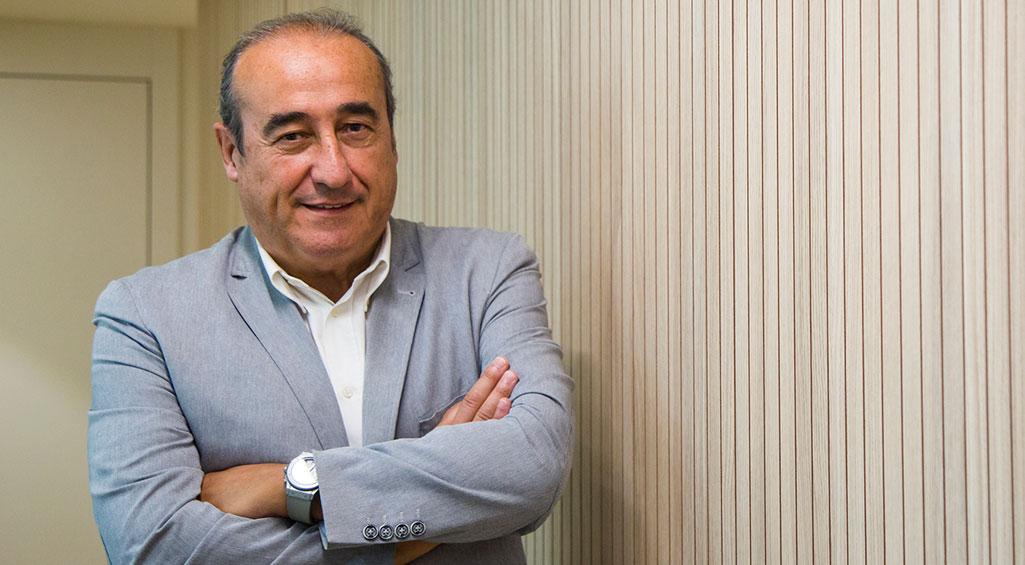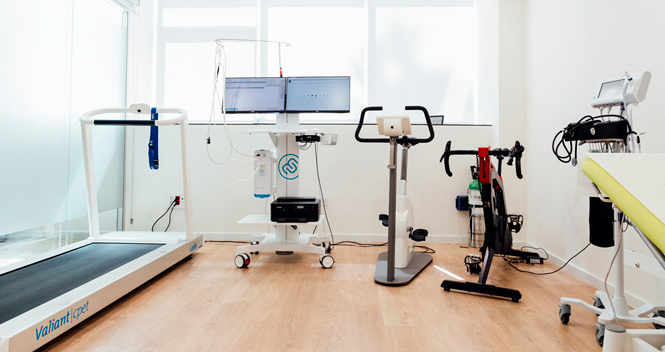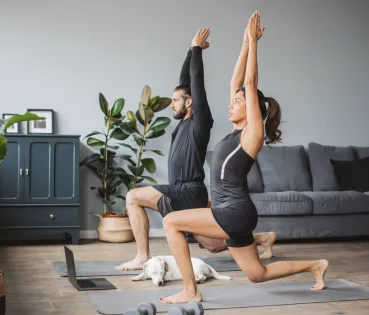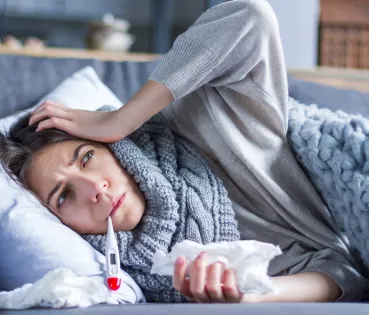
Dr. Josep Antoni Gutiérrez has extensive experience as a specialist in Sports Medicine. He is an expert in sports injuries and over his career he has combined his care work with research. Currently, he is the doctor for the General Secretariat for Sport of the Generalitat de Catalunya and doctor for the FC Barcelona Handball team.
“There are no tools that can replace the focused work of a doctor and a physiotherapist”
How would you define the role of sports medicine?
It is the general medicine for athletes. This means that this speciality covers any problem that is generated due to practicing sport or that prevents a person from performing it.
So, in addition to being a doctor, the role also involves being a coach and even a friend?
Yes, a trust-worthy doctor has always carried out tasks other than just the application of remedies or healing illnesses. Accompanying the patient has always been, and is, one of our goals.
.
How is ASSISPORT different to other sports medicine centres?
Without any doubt, the integration into a single space of all the disciplines that interact in healthcare for sports men and women. Thanks to this centre, we can resolve any type of problem related to the practice of a sport.
Has the relationship of Assistència Sanitària with the FC Barcelona helped to gain more knowledge and also to improve the ASSISPORT centre itself?
Of course. At ASSISPORT we have many professionals who also work in the medical services of F.C. Barcelona which, due to its complexity and prestige, endorse the experience of these professionals. Now they can offer all this knowledge to the members of Assistència Sanitària.
Your professional life is closely linked to handball: an aggressive sport with a great deal of contact. Is the figure of a sports doctor essential in this type of sports?
It is obvious that the more personal contact a sport has, the more possibilities of injury there are. But injuries can occur due to elements of the sport, such as the ball, the adversary or the racket; and also due to aspects pertaining to the activity itself. Here we are talking about falls, for example, when skiing, which cause many, serious injuries and the athlete in question has not come into contact with anybody at all.
Which are the most frequent sports injuries?
The injuries we usually see in the consulting rooms are, without any doubt, those related to ankles. On the other hand, problems generated in the spine, and muscle-tendon injuries are also very frequent.
And how can they be prevented?
The best prevention always involves knowledge of our bodies and seeing how they adapt to the needs and demands of the sport. Therefore, a good check-up is essential before practicing sport and after a training session. Obviously, without forgetting a correct preparation.
Outside the professional field, which are the most frequent sports injuries that are treated amongst the members of Assistència Sanitària?
Mainly mechanical lumbago and problems related to the knees.
How have the treatments improved in recent years? Is there a particularly important advance that stands out?
In the field of regenerative medicine important steps have been taken, particularly to delay the consequences of wear and tear of the joints. Hyaluronic acids, growth factors and stem cells are all significant steps forward. Of course, they must be considered as complementary therapies, alongside good functional rehabilitation.
Hyaluronic acids, growth factors and stem cells are all great steps forward in recent years, although they must be considered as complementary therapies
Which are the latest techniques and technological apparatus that you work with?
Technology is constantly changing and evolving in life and therefore, also in medicine. Currently, there are many tools on the market that aid processes, both preventive and rehabilitating regarding sports injuries. Even so, up to now, none of them can replace the focused work of a doctor and a physiotherapist to achieve a total recovery after a health problem.
The relationship between doping and sports is always in the line of fire. From your experience in this field, how can we fight against this dichotomy?
It is a very difficult task, basically due to the increasingly high demands of the sporting competitions themselves. Today there are more games, more races and always at maximum intensity. Doping is a scourge of competition, but it also is not currently a very widespread practice. The control mechanisms have worked and they continue to work correctly, particularly since this area became separated from the State organism and now is dependent on the completely independent World Anti-Doping Agency.
Which exercises should any person carry out who is going to carry out physical activity in order to prevent injuries?
Always those recommended by a sports doctor, specialist physiotherapist or physical trainer.
Finally, let’s talk about warm-ups and stretches. Are they essential for good performance? Is it better to do them before or after the exercise?
A warm-up is a compulsory practice that must always be carried out before any sporting activity. On the other hand, stretching is the best option to end any session.





